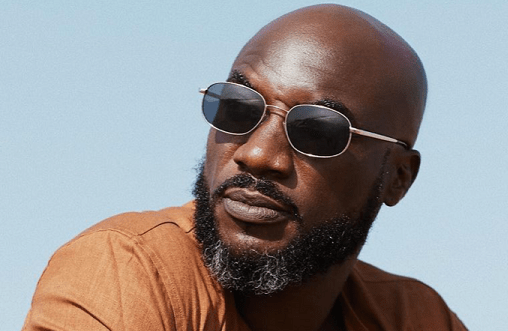In recent years, the music landscape has seen a resurgence of interest in traditional genres, with Highlife music emerging as a focal point for young artists seeking to create hit songs.
Originating from Ghana in the early 20th century, Highlife blends African rhythms with Western musical influences, resulting in a vibrant sound that has captivated audiences locally and internationally.
As the music industry evolves, industry experts and veteran musicians encourage the younger generation to embrace this genre, leveraging its cultural significance and timeless appeal to carve out their musical identities.
Highlife music has deep roots in Ghanaian culture, with its origins in the late 1800s. Initially, it was performed by the elite class, incorporating traditional Akan melodies and instruments alongside Western instruments like the guitar and brass sections.
Over the decades, Highlife has evolved, absorbing influences from jazz, swing, and rock, leading to various sub-genres like “dance band” Highlife and “Afrobeat.”
The genre’s lyrical themes often revolve around love, social issues, and everyday life, resonating with audiences across generations.
Iconic artists such as E.T. Mensah, Amakye Dede, and Nana Ampadu have paved the way for Highlife music, creating a legacy that continues to inspire new artists.
Celebrated Highlife singer and songwriter, George Kwabena Adu, professionally known as Kwabena Kwabena has shared strong words of advice for up-and-coming artists, urging them to reconsider their dismissal of Highlife music, which he believes remains key to creating timeless hits.
Kwabena Kwabena, who has been active in the Ghanaian music scene for nearly two decades, emphasized that young artists who view Highlife as outdated are making a “huge mistake.”
Despite its reputation as an old-school genre, he insists that Highlife continues to be the foundation of Ghana’s music industry and is essential for achieving lasting success.
“Highlife is thriving, and if you want hits, stick to the genre. Some people may think it is old-school, but many of Ghana’s top hits, such as Fameye’s ‘Very Soon’, King Paluta’s ‘Makoma’, KiDi’s ‘Lomo Lomo’, and even Stonebwoy’s ‘Jejereje’, are all rooted in Highlife.”
Kwabena Kwabena
In a rapidly changing musical landscape dominated by genres like Afrobeats, hip-hop, and pop, many young artists overlook Highlife’s potential. However, industry veterans are urging them to reconsider.
The unique blend of traditional and contemporary elements in Highlife provides an excellent platform for innovation. By infusing modern production techniques and contemporary themes into Highlife, young artists create music that appeals to both older and younger audiences.
Prominent musicians and producers have emphasized that Highlife is not just a genre but a cultural treasure that tells stories of resilience, love, and identity.
Embracing Highlife helps young artists connect with their roots while also appealing to a global audience.
The genre’s versatility allows for experimentation, enabling artists to incorporate elements from other genres, thus creating a unique sound that stands out in today’s competitive market.
Challenges and Opportunities

While the call to embrace Highlife is strong, young artists face several challenges. The dominance of mainstream genres often overshadows traditional music forms, making it difficult for Highlife to gain the recognition it deserves.
Additionally, there is a perception among some young artists that Highlife is not “cool” or relevant in today’s fast-paced music industry.
However, these challenges present opportunities for innovation and creativity. By leveraging social media platforms and digital streaming services, young artists reach a global audience, promoting Highlife music to listeners who have been exposed to it otherwise.
With the right marketing strategies and a focus on storytelling, young artists create a new wave of Highlife that resonates with contemporary themes while honoring the genre’s rich heritage.
The “Adult Music” hitmaker expressed his disappointment that many young artists prefer other music styles over Highlife, despite its enduring relevance.
He believes that incorporating Highlife elements into modern music can help artists create smash hits that resonate with both today’s audience and future generations.
As the music industry continues to evolve, the call for young artists to embrace Highlife is more relevant than ever. By integrating this traditional genre into their musical repertoire, they create a unique sound that pays homage to their cultural roots while appealing to a modern audience.
With the support of seasoned musicians and the right platforms to showcase their work, the next generation of artists has the potential to redefine Highlife music, ensuring its legacy continues for years to come.
Embracing Highlife is not just about making music; it’s about celebrating identity, culture, and the timeless stories that connect us all.
READ ALSO: Asiedu Nketia Addresses Press Over Delayed Declaration of Presidential Results



















